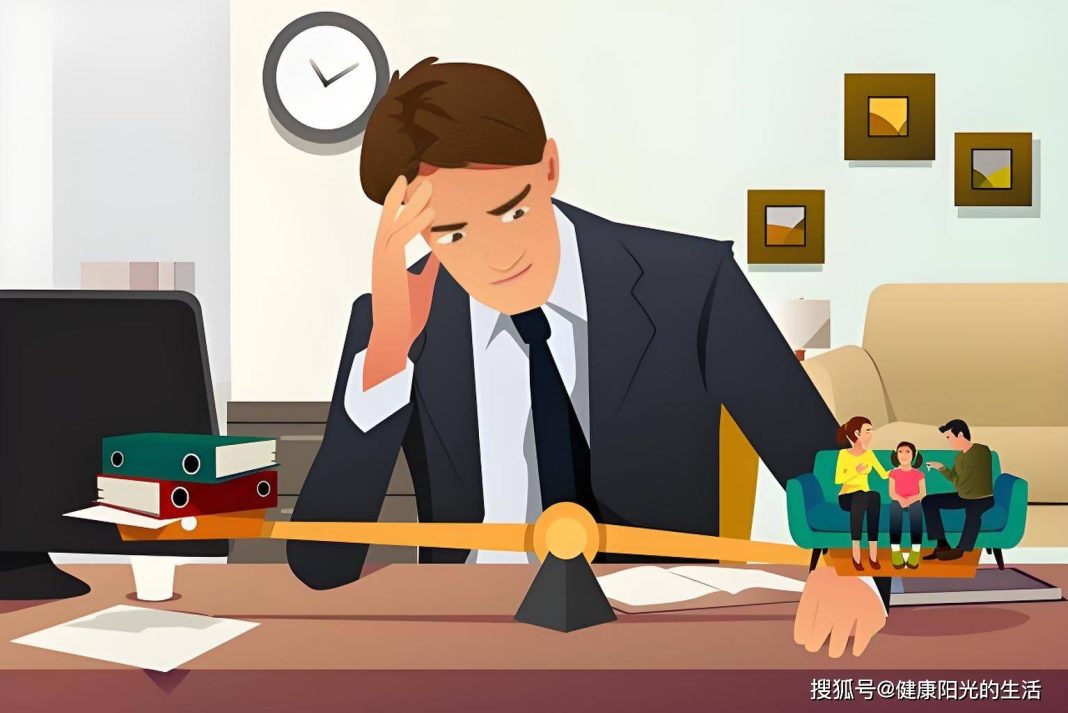In the fast-paced, high-pressure modern society, anxiety and emotional fluctuations are feelings almost everyone experiences. However, when these emotional reactions become uncontrollable, last for too long, and even affect daily life and relationships, we must be vigilant as it may be a sign of anxiety disorders or mood disorders.
Anxiety Disorders: The Invisible Mountain of Pressure
Anxiety disorders are suffocating mental illnesses. Many individuals troubled by anxiety experience increased heart rate, rapid breathing, sweating, dizziness, and even feelings of impending “loss of control” or “collapse.” Anxiety is like an invisible mountain of pressure constantly weighing on the mind, impossible to escape from.
Some may be misunderstood as just being “too nervous” or “too sensitive,” but anxiety disorders are far more complex. Anxiety patients often get trapped in persistent, irrational worries, filled with fear about the future. Even in the absence of real threats, they struggle to ease their inner anxiety. This constant sense of tension not only drains their energy but can also lead to issues like insomnia, difficulty concentrating, and decreased work efficiency.
Anxiety disorders can manifest in various forms such as general anxiety, social phobia, panic disorder, etc. While each type has its unique features, they share the common aspect of causing patients to live in the shadows of fear and worry, unable to enjoy present happiness.
Mood Disorders: The Roller Coaster of Emotions
Often accompanying anxiety disorders are mood disorders. These psychological problems are characterized by emotional fluctuations, where a patient’s emotions resemble an out-of-control roller coaster, fluctuating between high and low points, making balance difficult.
Depression and bipolar disorder are primary forms of mood disorders. Individuals with depression often feel sustained sadness, helplessness, and despair, unable to find joy in life and possibly losing hope for the future. On the other hand, bipolar disorder exhibits extreme emotional swings, with patients oscillating between depression and mania, struggling to control their emotions and actions.
These emotional fluctuations not only cause immense suffering for the individuals but also often impact their family and social relationships. Those with mood disorders often feel trapped in the vortex of emotions, unable to break free. They may sink deep into self-blame and guilt, feeling incapable of controlling their emotions and consequently losing confidence in life.
The Coexistence of Anxiety and Mood Disorders: A Dual Predicament
Anxiety disorders and mood disorders often coexist, compounding the psychological burden on patients. Anxiety intensifies emotional swings, while emotional fluctuations deepen the agony of anxiety, creating a vicious cycle. Within this cycle, a patient’s self-esteem gradually diminishes, and feelings of loneliness in their heart intensify.
This dual predicament often leaves patients feeling isolated and unsupported. They may avoid social situations and even distance themselves from friends and family out of concern that their emotions may burden others. This sense of loneliness exacerbates anxiety and emotional fluctuations, pushing them deeper into psychological distress.
Finding a Way Out: Breaking Free from Psychological Distress
Though anxiety disorders and mood disorders can make one feel helpless, they are not insurmountable. Through scientific treatment and psychological support, many patients can gradually navigate their way out of distress and regain confidence in life.
First and foremost, undergoing professional psychological assessment and diagnosis is crucial. The presentations of anxiety and mood disorders are diverse, and only through professional assessment can the severity of the condition be accurately determined, leading to personalized treatment plans.
Furthermore, psychological therapy and medication are common interventions. Cognitive-behavioral therapy (CBT) is widely used in the treatment of anxiety and mood disorders, assisting patients in identifying and altering negative thought patterns to alleviate symptoms. Additionally, medication can help regulate brain chemicals, improving patients’ moods and anxiety levels.
Family support is also essential. Throughout the treatment process, the understanding and support of family members can provide significant psychological comfort to patients, helping them weather the toughest moments. Family members need to comprehend the pain of the patients, showing care and encouragement instead of simplifying their struggles as “overthinking” or being “emotional.”
Although anxiety disorders and mood disorders can be mentally and physically exhausting, with scientific treatment and solid support, patients can regain control over their emotions and find peace in life. Importantly, one should not allow these psychological issues to fester within but should bravely take the first step towards seeking help.
If you or someone around you is dealing with anxiety or mood disorders, remember, you are not alone. Seek professional help, undergo treatment, and you will have the chance to step out of the shadows of the mind and embrace the sunlight of life again. Through self-care and the support of others, you can conquer the inner turmoil and welcome a healthier, happier future.


